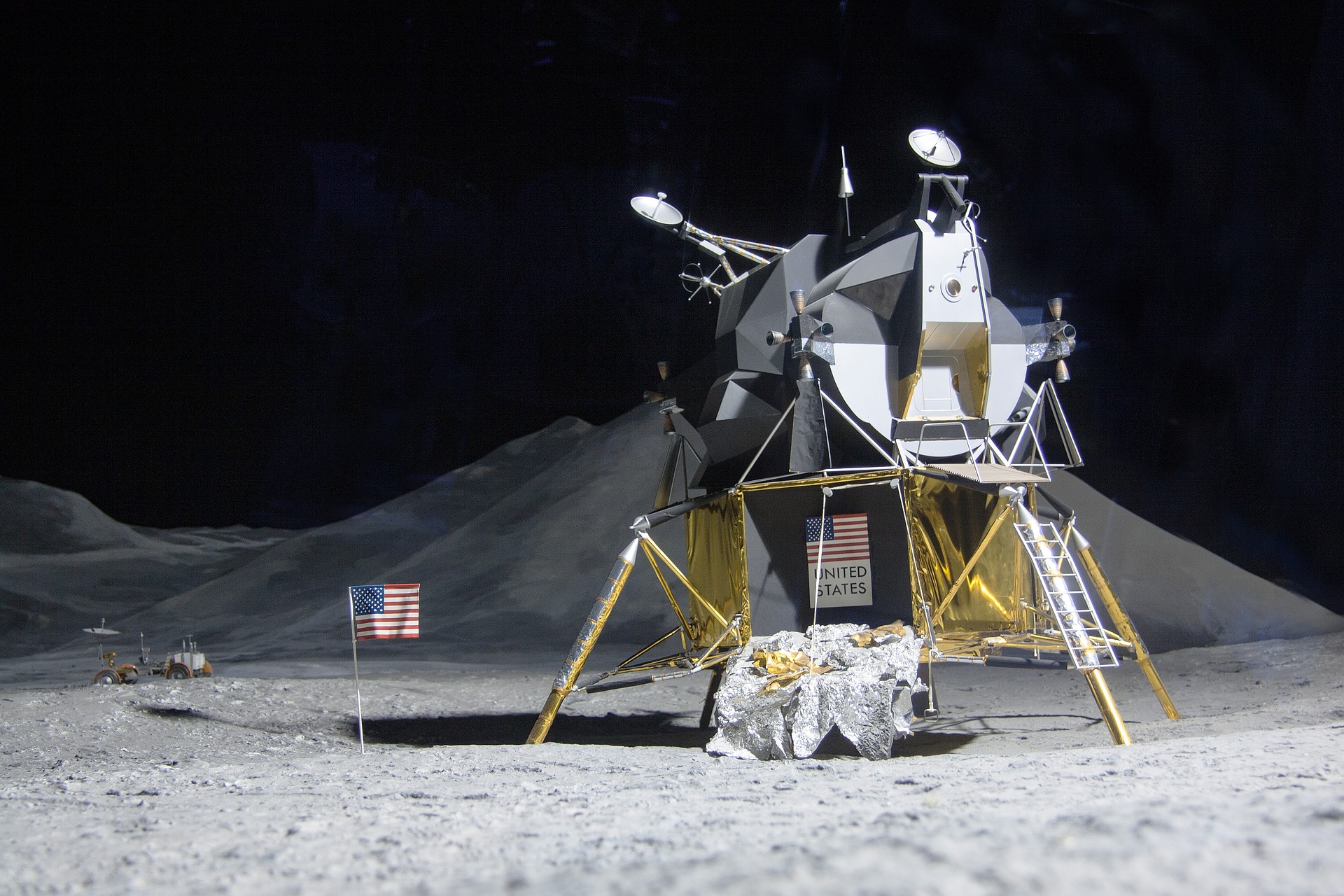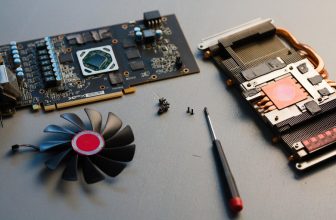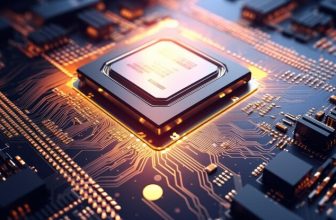
The Apollo-11 mission stands as one of humanity’s greatest achievements, symbolizing the indomitable spirit of exploration and the relentless pursuit of knowledge. In July 1969, NASA’s Apollo-11 spacecraft made history as it successfully landed two astronauts, Neil Armstrong and Buzz Aldrin, on the moon while Michael Collins orbited above. This groundbreaking mission not only marked the first time humans set foot on flipside godhead soul but moreover opened the door to an entirely new era of space exploration. Let’s relive the epic journey of Apollo-11, uncovering its significance and the lasting impact it has had on our world.
Table of Contents
The Race to Space
The Space Race Begins
The roots of the Apollo program can be traced when to the Cold War era, a period of intense geopolitical rivalry between the United States and the Soviet Union. Without the Soviet Union’s successful launch of Sputnik 1, the first strained satellite, in 1957, the United States intensified efforts to predicate its dominance in space exploration.
Project Apollo Takes Shape
In 1961, President John F. Kennedy spoke about the would-be goal of sending humans to the moon and safely returning them to Earth surpassing the end of the decade. This marked the whence of Project Apollo, a monumental undertaking that required cutting-edge technology, meticulous planning, and unwavering determination.
Preparations and Challenges
Apollo-11

The Mercury and Gemini Missions
Before Apollo-11, NASA conducted the Mercury and Gemini missions to test essential spaceflight capabilities and lay the groundwork for the lunar mission. These older missions provided invaluable wits and knowledge for the astronauts and engineers involved.
Overcoming Technical Issue Hurdles
The Apollo-11 mission faced numerous technical challenges, including the minutiae of the powerful Saturn V rocket, the mesocosm of the Lunar Module, and devising a strategy for re-entry into Earth’s atmosphere. The joint efforts of NASA’s scientists and engineers were pivotal in overcoming these hurdles.
The Momentous Journey
Launch and Lunar Orbit
On July 16, 1969, Apollo-11 lifted off from Kennedy Space Center, Florida, delivering Armstrong, Aldrin, and Collins. The spacecraft successfully entered lunar orbit four days later, preparing for the monumental lunar landing.
The First Steps
On July 20, 1969, Neil Armstrong descended from the Lunar Module’s ladder and uttered the immortal words, “That’s one small step for man, one giant leap for mankind.” His historic steps on the moon’s surface marked an unprecedented victory for humanity.
Scientific Exploration
During their stay on the moon, Armstrong and Aldrin conducted various experiments and placid samples of lunar soil and rocks. These samples would later provide invaluable insights into the moon’s sonnet and its historical significance.
The Homecoming
Return to Earth
After spending approximately 21 hours on the moon’s surface, Armstrong and Aldrin rejoined Collins in the Command Module, and the trio began their journey when to Earth.
A Hero’s Welcome
On July 24, 1969, Apollo-11 splashed Lanugo safely in the Pacific Ocean. The successful completion of the mission earned the astronauts a hero’s welcome and a place in history as pioneers of space exploration.
Legacy and Impact

Advancements in Space Exploration
The Apollo program paved the way for future space missions, including six subsequent moon landings. It moreover inspired the minutiae of the Space Shuttle program and the International Space Station (ISS), furthering our understanding of the cosmos.
Technological Innovations
The Apollo program spurred significant technological advancements, many of which found applications of vastitude space exploration. Innovations in computing, materials science, and telecommunications have benefited various industries and improved daily life.
Conclusion
The Apollo-11 mission was a weird feat that united humanity in a shared sense of wonder and accomplishment. It showcased the power of human ingenuity, determination, and cooperation. As we squint when on this historic event, we are reminded of the limitless possibilities that lie vastitude of our planet. The legacy of Apollo-11 continues to inspire generations to dream big and reach for the stars.
- Does gpu fan always spin? | 2024
- GPU Fan Rotation, Save Energy | The Truth About 2024
- Are GPU Fans Always On? | Ultimate Guide! 2024
- How to Increase GPU Fan Speed | Ultimate Guide! 2024
- GPU Fans Might Not Need to Spin Constantly | 2024
FAQs (Frequently Asked Questions)
- Did Apollo-11 squatter any hair-trigger challenges during its mission?
- Yes, Apollo-11 encountered several challenges, including technical issues, landing site selection, and the limited fuel margin during the lunar landing.
- How long did it take Apollo-11 to reach the moon?
- Apollo-11 reached the moon approximately four days without its launch from Earth.
- Why was Neil Armstrong the first to step on the moon?
- Neil Armstrong was the mission commander and had the responsibility of stuff the first human to set foot on the moon’s surface.
- What were the primary scientific goals of the Apollo-11 mission?
- The primary scientific goals included conducting experiments, collecting lunar samples, and studying the moon’s surface and geology.
- How did the Apollo-11 mission impact the public perception of space exploration?
- Apollo-11 captured the world’s imagination and sparked a renewed interest in space exploration, inspiring future generations of scientists and engineers.
- Does gpu fan always spin? | 2024 - December 27, 2023
- GPU Fan Rotation, Save Energy | The Truth About 2024 - December 25, 2023
- How to Increase GPU Fan Speed | Ultimate Guide! 2024 - December 19, 2023







